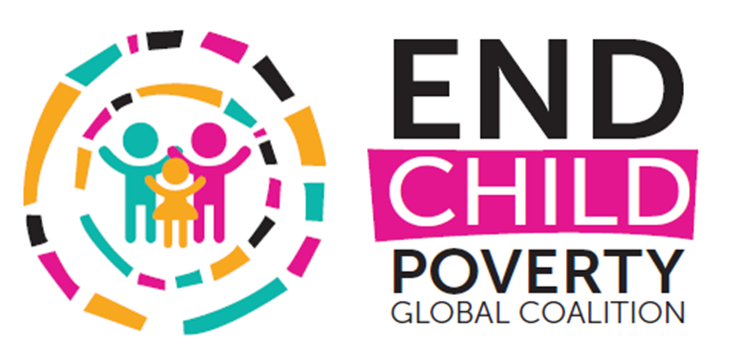While there is great diversity in the almost 200 countries in which children live, there is much about children and their childhoods that are universal: in almost every country in the world – richer countries and poorer – children are more likely to be living in poverty than adults, and everywhere their particular life stage makes them more vulnerable to its devastating effects.
This chapter includes:
- Foreword
- Preface
- Table of Contents
- Overview
